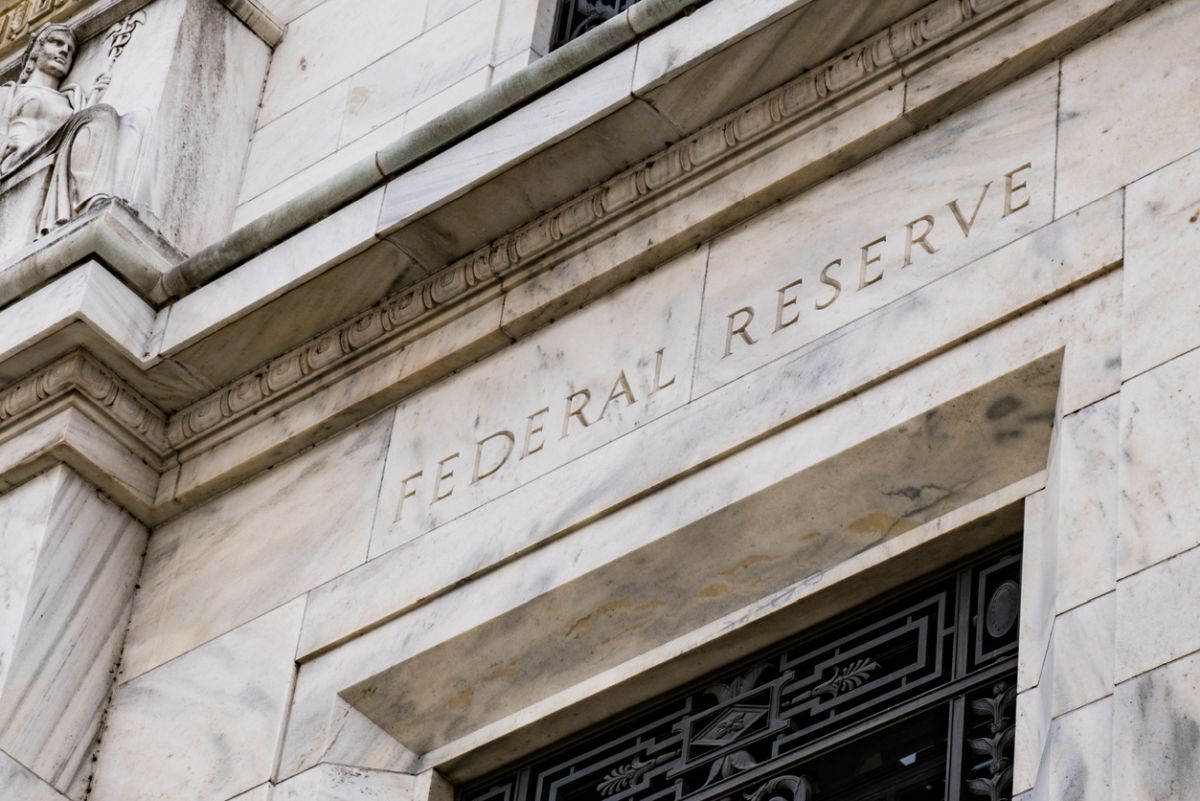The US Federal Reserve’s decision to lower its benchmark interest rate to a range of 4.25-4.50 per cent marks a turning point in its monetary policy. While the move aims to ease financial conditions, the US central bank’s tempered outlook for further rate cuts highlights the complex interplay of persistent inflation and an evolving economic landscape.
This shift, underscored by Fed Chair Jerome Powell’s cautious tone, reflects not only economic challenges but also uncertainties surrounding potential policy changes under the incoming Trump administration.
Advertisement
Inflation remains a persistent thorn in the Fed’s side. Despite significant progress since its peak in 2022, recent months have seen inflation plateau, particularly in areas like shelter costs. This stagnation has pushed policymakers to reassess their trajectory. Core inflation is projected to remain above the Fed’s 2 per cent target through 2025, a stark reminder of the road ahead.
The implications of this are clear: rate cuts, once anticipated as a near-term solution, are now tethered to measurable progress on price stability. Persistently high inflation also impacts everyday consumers, with elevated costs for essentials like housing and food. The Fed’s measured strategy aims to balance economic growth while alleviating these ongoing financial pressures. The cautious stance also reflects acknowledgment of broader uncertainties. With promises of higher tariffs, tax reforms, and stricter immigration policies on the horizon, the economic outlook remains murky.
These potential shifts could amplify inflationary pressures, challenging the Fed’s ability to balance growth with price stability. Mr Powell’s remarks about the unpredictability of trade policies serve as a reminder of the challenges policymakers face in navigating uncharted territory. Investors, accustomed to aggressive monetary easing during economic downturns, must now adjust to a slower pace of rate reductions.
The Fed’s projections for only two rate cuts in 2025 ~ half of what was anticipated just months ago ~ signal a fundamental shift in expectations. Markets, which initially anticipated more substantial easing, have recalibrated, with equities reacting negatively and bond yields rising. This measured approach, while frustrating to some, underscores the importance of stability. The Fed’s primary mandate is to foster sustainable economic growth while keeping inflation in check. Premature rate cuts, without clear evidence of inflation’s consistent decline, could risk undermining long-term stability. Mr Powell’s emphasis on data-driven decisions reflects a commitment to this principle. The road ahead is undoubtedly challenging.
Policymakers must navigate a delicate balance between fostering economic growth and mitigating inflationary risks. The Fed’s decisions will also have broader implications, influencing borrowing costs for consumers and businesses. As inflation gradually moderates, the central bank’s resolve to prioritise stability over short-term gains will be tested. In this era of uncertainty, the Fed’s caution is both pragmatic and necessary. By anchoring its decisions in data and remaining adaptable to changing circumstances, it aims to guide America towards a more stable future. While the path may be slower than some anticipate, the long-term benefits of this approach outweigh the risks of hasty action.
